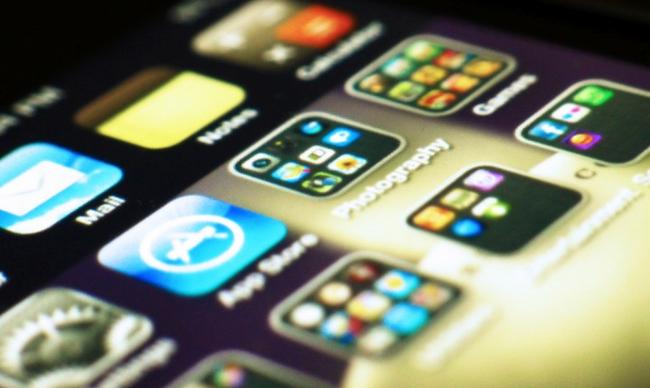It can detect a possible disease with a photograph of a test strip that the patient must put in the pot of urine.

At the conference Technology, Education and Design (TED) has submitted an application for smartphones(JIAYU G4) capable of analyzing the urine through a photo taken with the device itself.
The process is very simple. The patient should get a test strip into the pot with the urine. Then you need to place it on a surface, the company that supplies the application, so that, regardless of the lighting conditions in which the picture is taken from the strip, the result does not change. Once the application photo taken analyze the colors of this and give you the results.
"I wanted the health checkups were in the hands of users," he assured the application creator and co-founder of Biosense Technologies(JIAYU G3 jy-g3), Myshkin Ingawale, told the BBC. It is able to distinguish up to 10 elements, such as glucose, protein and nitrite. With it you can identify a set of indicators that occur in the urine to have diseases like cancer, liver problems, urinary infection or simply to monitor health.
This application could help bring something so common, such as urinalysis, to developing countries that can not afford to buy the machine with which you make, costing about $ 10,000 (about 7,600 euros). And while it is true that smartphones(ThL V12) are still expensive, the creator defends himself by saying that this is not always going to happen and that prices will decline over time.
"There needs to be a rethink in the way that health care reaches people," said Ingawale, is that this is not the only application that was created to improve the health and diagnostic tests can lead to other countries not have access to them. Last year, at the same fair, presented how they could do a blood test without removing this.
The application will be released in late March and will be available for iOS, but soon also be available for Android. The price is $ 20 (about 15 euros) and will include the implementation of the smartphone, five test strips and the surface on which to place them.
No comments:
Post a Comment